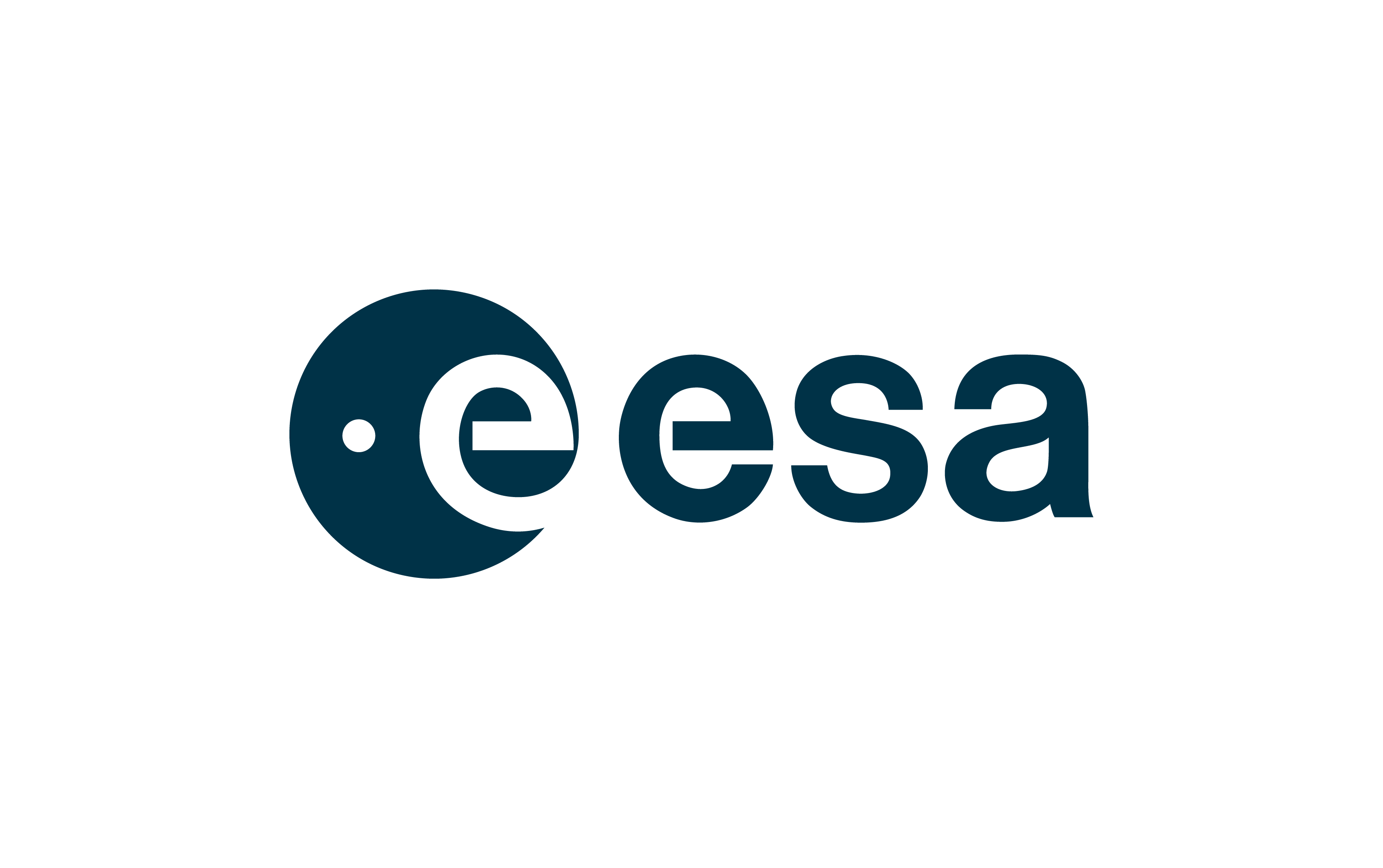
APEX
REXUS Payload
Auroral Polarization EXplorer
APEX (Auroral Polarization EXplorer) is a payload designed for REXUS.
REXUS is a sounding rocket provided in cooperation by the European Space Agency, the Swedish National Space Agency, and the German Aerospace Center. It can carry multiple student-build payloads up to an altitude of 80 km, and is launched in Kiruna, Sweden.
The goal of APEX is to measure the polarization of the aurora borealis, the northern lights.
Learn more: APEX Report

Aurora Over Alaska (NASA, International Space Station, 2012-02-19)
This image of the multi-colored aurora borealis over Alaska was photographed by one of the Expedition 30 crew members aboard the International Space Station. The image also shows part of the limb and airglow over Earth.
Current Status
✅ Submission of proposal (October 2023)
✅ APEX is shortlisted for REXUS/BEXUS (October 2023)
✅ Selection Workshop at ESA ESCTEC (Noordwijk, Netherlands) with a presentation to get selected for the next launch champaign (November 2023)
❌ Get selected for the RX 33/34 Cycle
Unfortunately, we were not selected for the REXUS Cycle 33/34. ESA reasoned that our system is too complex to be fully developed in one and a half years. We were encouraged to further improve our concept and give it another try the coming year.
We restarted the project with a concept phase, while in parallel developing demonstrator experiments for key technologies.
✅ Concept Phase II (January-February 2024)
✅ Internal Concept Review (February 2024)
✅ Preliminary Design Phase (March – August) 2024
✅ Design Workshop (June 2024)
✅ Acceptance for the Unite! SEED fund with SPECTRE of KTH Stockholm (June 2024)
✅ DADS Payload (February – Oktober 2024)
✅ Testflight of DADS at EuRoC 2024 (Oktober 2024)
✅ Writing of Proposal for REXUS/BEXUS RX 35/36 (August – Oktober 2024)
✅ !Unite Workshop with Team SPECTRE at KTH Stockholm (November 2024)
✅ !Unite Workshop with Team SPECTRE at KTH Stockholm (November 2024) )
✅ Selection Workshop at ESA ESCTEC (Noordwijk, Netherlands) with a presentation to get selected for the next launch champaign (November 2024)
✅ Acceptence for REXUS/BEXUS (Dezember 2024)
✅ REXUS/BEXUS Training Week in Oberpfaffenhoffen (February 2025)
✅ APEX Internal Design Reviews (February – March 2025)
✅ Ordering and Manufacturing APEX V1 (March 2025)
✅️ !Unite Workshop with team SPECTRE from KTH Stockholm in Graz (April 2025)
⬜️️ REXUS/BEXUS Solder Workshop (June 2025)
⬜️️ REXUS/BEXUS Critical Design Review in Oberpfaffenhoffen (June 2025)
⬜️ Thermal Camera Testing (March 2024– August 2025)
The REXUS/BEXUS programme is realised under a bilateral Agency Agreement between the German Aerospace Center (DLR) and the Swedish National Space Agency (SNSA). The Swedish share of the payload has been made available to students from other European countries through the collaboration with the European Space Agency (ESA).
Experts from DLR, SSC, ZARM and ESA provide technical support to the student teams throughout the project. EuroLaunch, the cooperation between the Esrange Space Center of SSC and the Mobile Rocket Base (MORABA) of DLR, is responsible for the campaign management and operations of the launch vehicles





